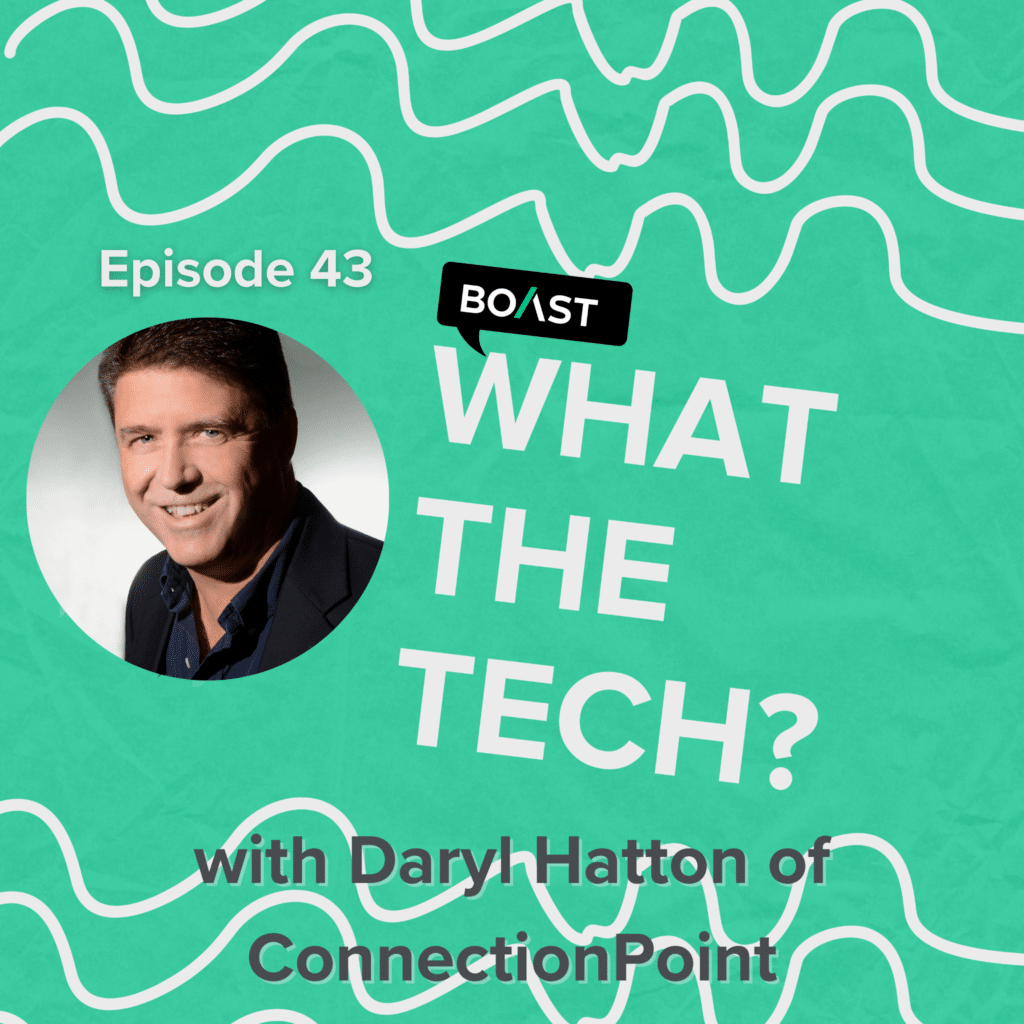Of the many innovation funding programs on offer from the Canadian government, the Scientific Research and Experimental Development (SR&ED) tax credit and the Industrial Research Assistance Program (IRAP) grants are among the most popular and most generous.
Where both SR&ED and IRAP overlap is in being tools that businesses can use to finance innovative research and development: Both programs hinge on leveraging Systematic Investigation to drive Technological Advancement that ultimately addresses Technological Uncertainty.
However, while SR&ED is offered as a tax credit for work already completed, IRAP funding is delivered as a grant before projects are started.
To that end, SR&ED applications and funding are all funneled through the Canadian Revenue Agency (CRA), while IRAP is managed via the National Research Council of Canada (NRC).
We’ll break down the key differences and similarities between SR&ED and IRAP, how (and when) to tap into both programs to fund innovation, and the info you need to ensure a smooth application process.

Key differences between SR&ED and IRAP
A defining feature of the IRAP grant is that it involves more than just funding. Targeting small and medium-sized businesses (SMBs) with fewer than 500 full-time workers, IRAP also delivers advisory assistance to qualifying Canadian businesses, connecting applicants with more experienced, larger companies in their field.
Another essential characteristic of IRAP is that it’s geared toward commercialization; that is, activities must be towards advancing products-for-market. This is important because while SR&ED-eligible activities don’t have a commercialization requirement—that is, even if R&D doesn’t produce a new product, the efforts are still uncovering a Technological Uncertainty—commercial outcomes are a hard prerequisite for IRAP.
To apply, teams need to first create a business plan that will communicate to your local IRAP industrial technology adviser (ITA) how you plan to market your innovative products, services or processes in Canada. This calls for developing a comprehensive business plan that includes your projected economic impact, operational strategies, projected growth, and business challenges.
After engaging with the ITA, applicants can expect a review within three months, withthe NRC taking into consideration the impacts of your proposed project on both your business and for Canada.
If your claim gets approved, you will start receiving funding to cover a portion of your project immediately—and will need to start submitting monthly reimbursement claims to the NRC as a result.
SR&ED casts a wider net
While we have plenty of resources that you can leverage to go deep into the SR&ED claim process, perhaps the largest distinction between these tax credits and IRAP are that they are dispersed as a refund on investments teams have already made into innovation.
For both SR&ED and IRAP, a compelling and convincing claim that communicates the truly unique nature of your project’s innovation needs to come together.
Unlike IRAP, however, SR&ED claims are a return on efforts already taken to drive innovation, which calls for significantly less forecasting. Instead, maximizing SR&ED claims calls for detailed record keeping across both your product, development and finance teams, syncing key payroll, time tracking and project scope data into a compelling narrative.
Additional Considerations
| SR&ED | IRAP | |
| Budget limitations | Because SR&ED is a tax credit, there is no cap on funding amounts that the government will cover. | IRAP dispersals are contingent on NRC budget allocations. Even if your project gets IRAP approved, for instance, there’s a limited pool of IRAP funding available to support all projects each year. |
| How funding is calculated | Credits are contingent on your company’s tax status (net income, capitalization); refunds are therefore not always guaranteed. | Eligible businesses have to be a CCPC with less than 500 full-time employees. |
| Cash-flow impact | Because claims are filed as part of your company’s income tax return, refunds are made available anywhere from three to six months after filing (if not longer). | Disbursements can be claimed as soon as a project is approved. Claims are made monthly and reimbursements are received within 15 days. |
Can businesses use both SR&ED and IRAP?
The short answer here is yes. As with any capital strategy, you just need to be very careful and be sure you’re not maximizing access to one program at the expense of valuable resources from the other.
For instance, businesses can’t subsidize the same dollar amount of eligible expenditures twice.
Therefore, some businesses will take the approach of using IRAP to cover the costs of wages and subcontractor expenses related to a specific project, while using SR&ED to cover overhead expenditures after the work has been completed. This can help free up cash flow, opening up opportunities for folks to double-down on innovation investments, or put refunds toward other areas of the business.
Another strategy is to focus IRAP funding on larger projects, while using SR&ED to recoup expenses on smaller research initiatives with less certain outcomes.
Then, to the earlier point regarding “commercialization”: Teams can also be sure that they separate go-to-market research that might be IRAP eligible from the technical activities and expenses—even developer salaries—that might fall under SR&ED.
In most scenarios, teams will start with IRAP grants to get programs in motion, then leverage SR&ED to cover remaining overhead costs (as eligible).
Advanced SR&ED funding, R&D insights
As powerful as the SR&ED program is on its own, however, it’s really just the tip of the iceberg when it comes to stretching R&D dollars to maximize your product development runway.
Boast can help you make your R&D expenditures go even further by letting you tap into your end-of-year SR&ED claim before your fiscal year has even wrapped. That means not just being able to predict your R&D spend and associated claims throughout the year, but gaining access to a chunk of those funds early to actually increase your total SR&ED claim in real time.
By syncing the systems your team already uses to track R&D workflows, bookkeeping and payroll, Boast’s AI-driven solution can actively estimate your year-end SR&ED claim while projects are still in motion.
With QuickFund from Boast innovative businesses can receive up to 75 percent of the R&D expenditures they’ve accrued in a given quarter.
With this early access to their SR&ED refund, teams can actually start embarking on activities that will increase their SR&ED eligibility for the next quarter. By compounding their efforts and investments (as early as three months into the tax year with QuickFund), R&D teams will ultimately be better funded—and by extension, more effective.
All of this is done without forcing founders to seek dilutive sources of equity, while giving startups the financial flexibility needed to make better decisions about scaling the business.
To learn more about how Boast helps businesses achieve higher SR&ED claims and stronger innovation outcomes, talk to an expert today.









